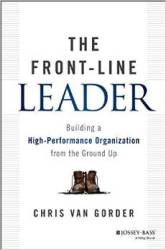According to a recent CareerBuilder survey, more than half of workers over age 60 plan to continue working in some capacity after retiring from their current career. I've read about the “graying of the workforce†and the impending “brain drain†for years, and it's easy to be overwhelmed by the topic's sheer magnitude. And while it might be your first instinct to think that the shift is toward part-time work, the population of individuals over 65 who are pursuing full-time work has been on the rise for years. Today I'd like to share a short anecdote to help illustrate how this can play out in the real world and to teach a lesson in retaining older workers.
The Risk of Employee Retirement
When I was working as an HR Director several years back, an employee called me and told me he planned to quit. When pressed, he admitted that he liked the job and his coworkers, but he wanted to spend time with his grandchildren and pursue some hobbies.
At the time, several things were running through my head simultaneously: Continue reading

 The other day I received an email from
The other day I received an email from 
 If you've been tasked with conducting a training and development program, it's important to look at the issue from all angles. This involves taking a deeper look at the role that each individual plays in the organization, and where there are gaps in the current employee training program. Here are five areas to focus on as you examine the organization's training needs.
If you've been tasked with conducting a training and development program, it's important to look at the issue from all angles. This involves taking a deeper look at the role that each individual plays in the organization, and where there are gaps in the current employee training program. Here are five areas to focus on as you examine the organization's training needs.